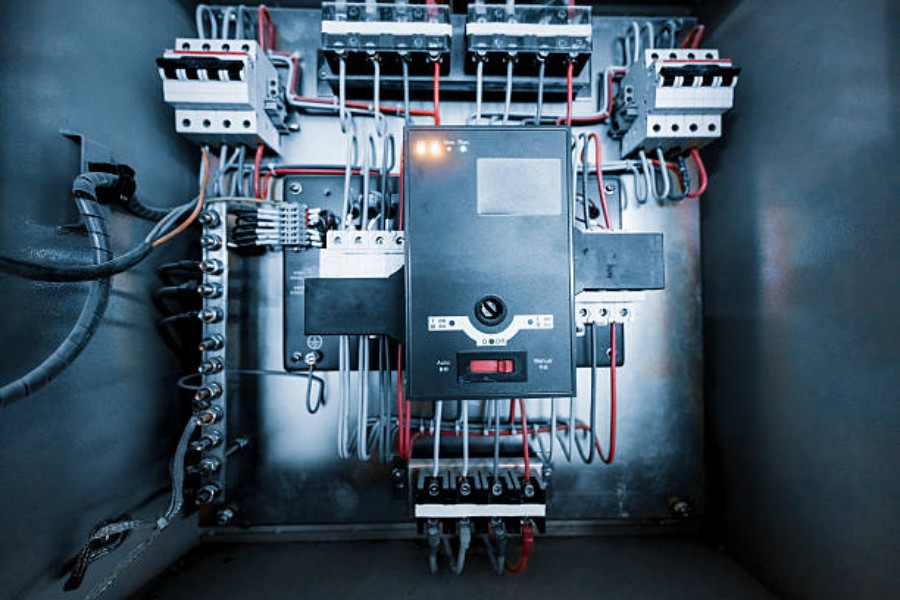Introduction
Circuit breakers are one of the most important safety features in your electrical system. They protect your home or office from the danger of electrical fires and electrocution. In this article, we will be discussing everything you need to know about
15 circuit breakers.
What are 15 Circuit Breakers?
15 circuit breakers are designed to handle a maximum load of 15 amps. They are commonly used in residential electrical systems to protect circuits that power lighting and small appliances. A 15 circuit breaker will trip (shut off the electricity) if the current flowing through the circuit exceeds 15 amps.
The Importance of Choosing the Right Circuit Breaker
Choosing the right circuit breaker is crucial to ensuring the safety of your electrical system. Using a breaker that is too small for the load can result in frequent tripping and damage to the breaker. Using a breaker that is too large can lead to overheating and potentially cause a fire.
Other Types of Circuit Breakers
There are many different sizes and types of circuit breakers, each designed to handle a specific maximum load. Some common types include 20, 30, and 50 amp breakers. There are also specialty breakers designed for specific applications, such as GFCI and AFCI breakers.
How to Replace a Circuit Breaker
If you need to replace a circuit breaker, it is important to follow proper safety procedures. Always turn off the power to the circuit before attempting to replace the breaker. Use caution when removing and installing the new breaker to avoid damage to the panel or electrical shocks.
How to Determine the Correct Size Breaker for Your Circuit
To determine the correct size breaker for your circuit, you will need to know the maximum current the circuit is designed to handle. This information can usually be found on the circuit breaker panel or in the owner’s manual. It is important to choose a breaker that matches the maximum load of the circuit.
Common Causes of Circuit Breaker Tripping
Circuit breakers are designed to trip when the current flowing through the circuit exceeds the maximum load. Some common causes of circuit breaker tripping include overloading the circuit, short circuits, and ground faults.
How to Reset a Tripped Circuit Breaker
If a circuit breaker has tripped, you will need to reset it to restore power to the circuit. To do this, simply turn the breaker all the way off and then back on. If the breaker continues to trip, there may be an underlying issue that needs to be addressed.
When to Call a Professional
If you are experiencing frequent circuit breaker tripping or other issues with your electrical system, it may be time to call a professional. An electrician can help identify the cause of the problem and make any necessary repairs or upgrades.
Conclusion
In conclusion, 15 circuit breakers play a crucial role in protecting your home or office from electrical hazards. Choosing the right size and type of breaker, following proper safety procedures, and addressing any issues promptly can help ensure the safety and reliability of your electrical system.
Quote Inquiry
Contact Us

